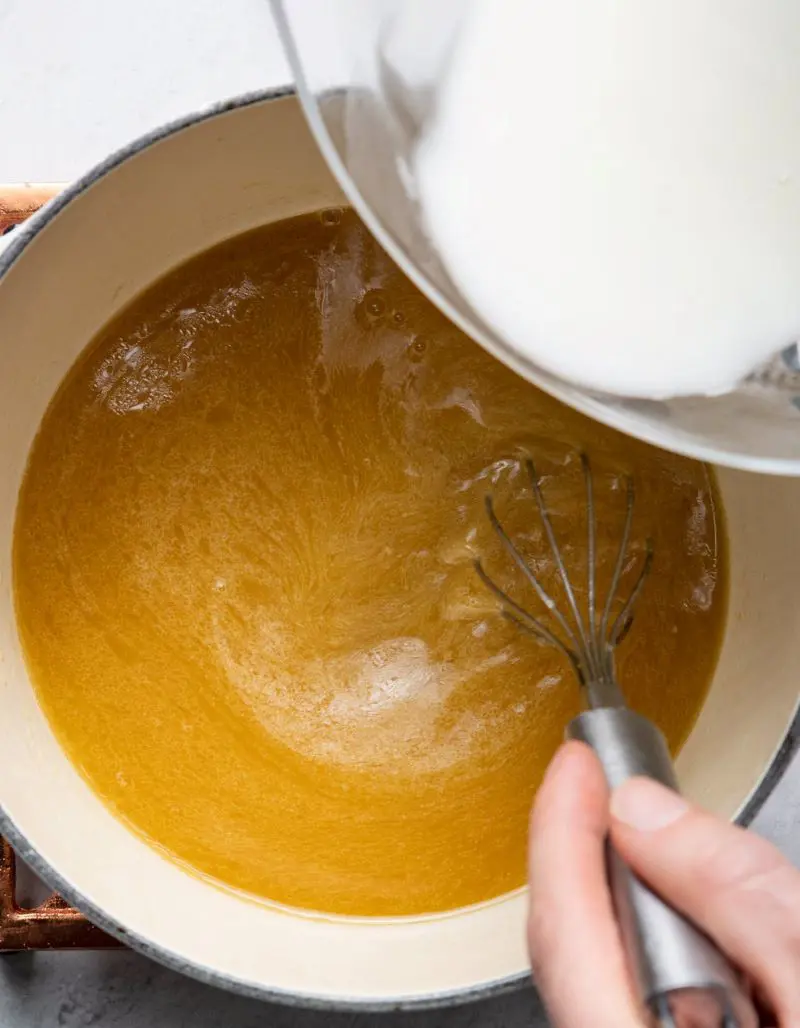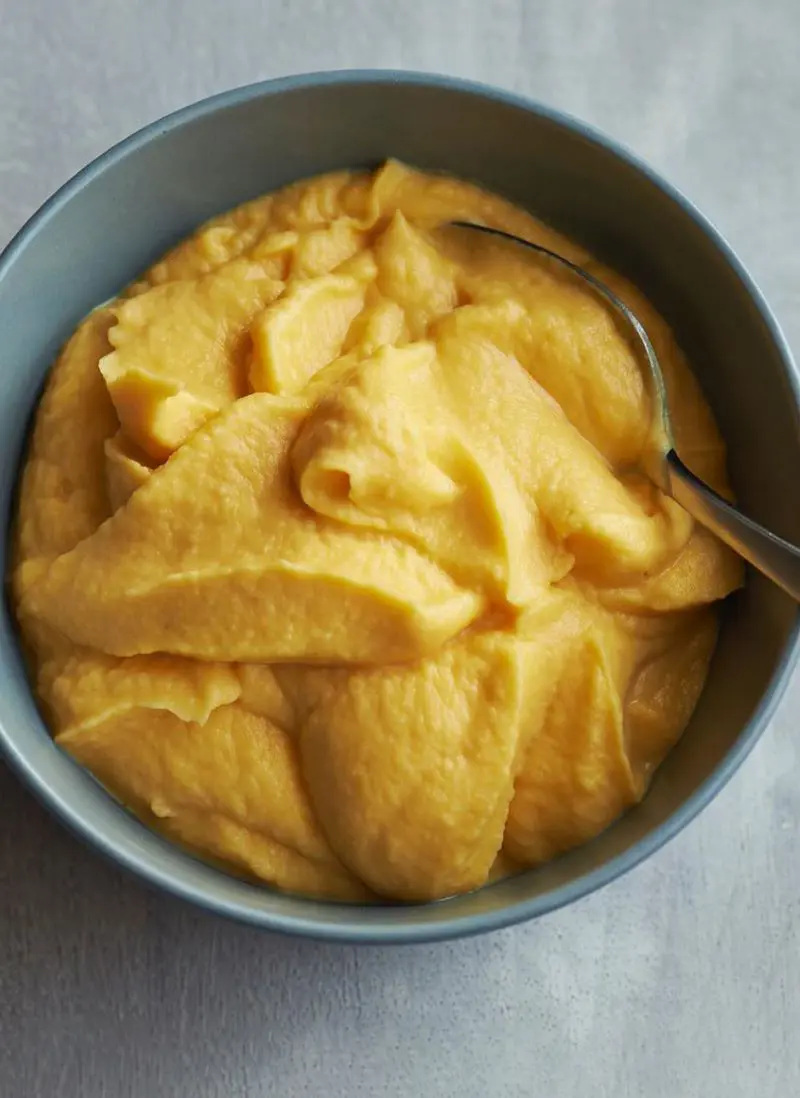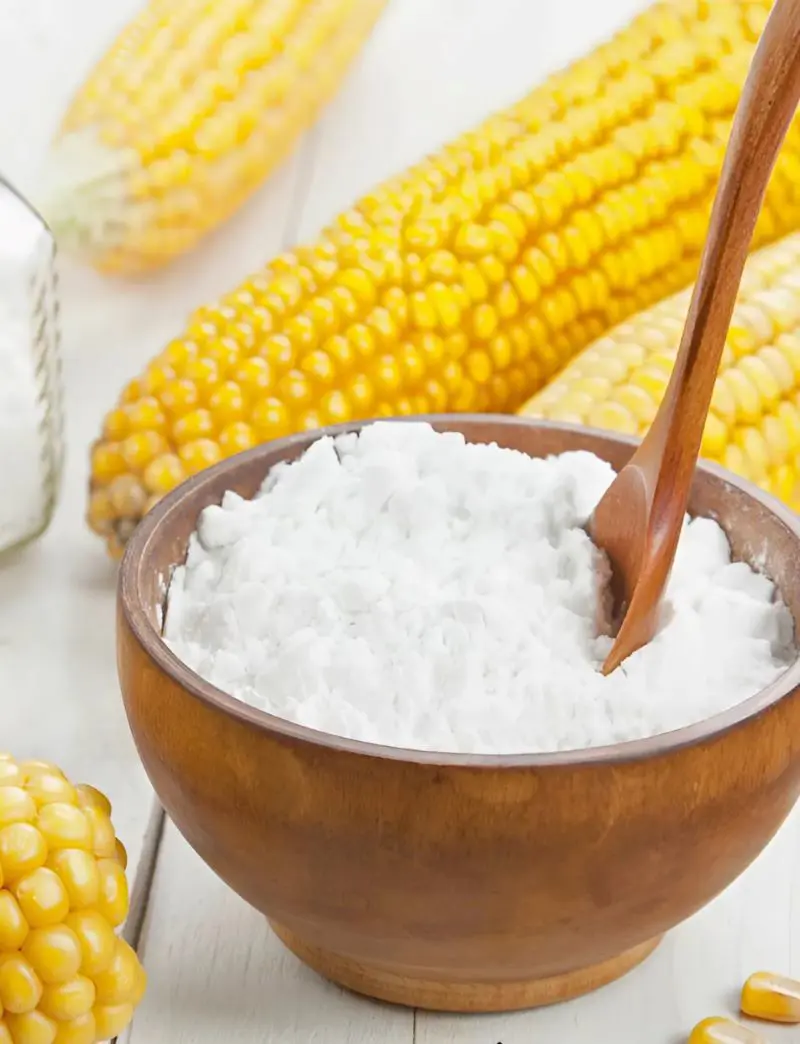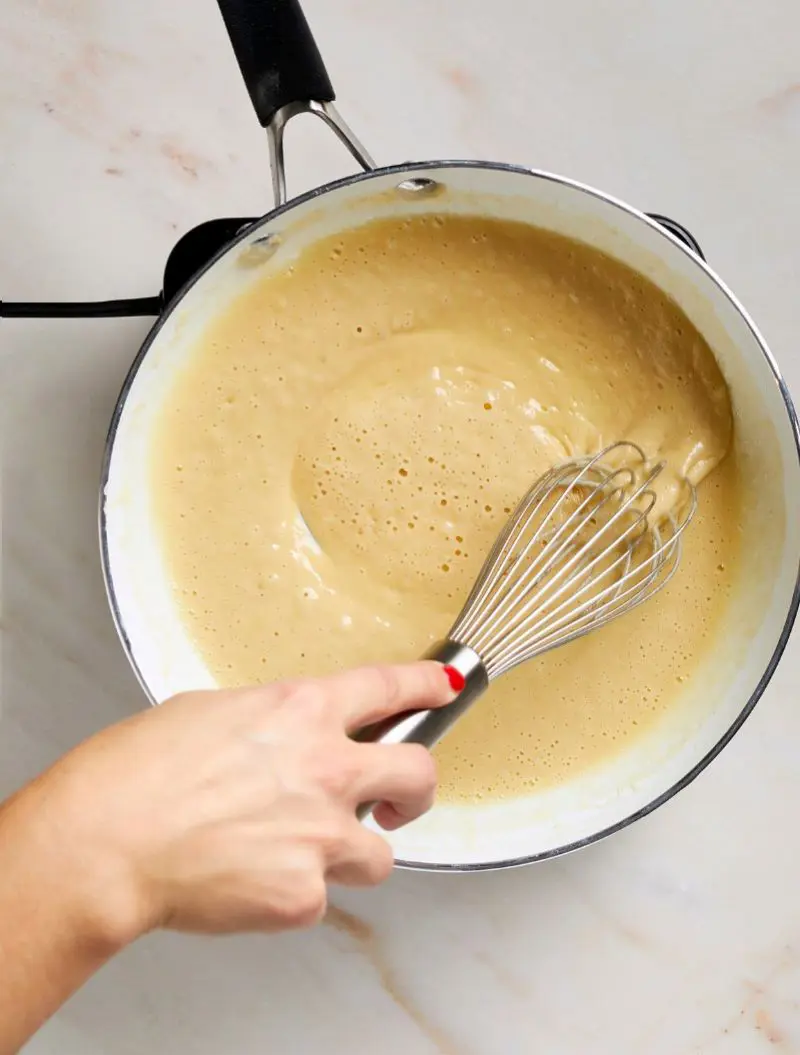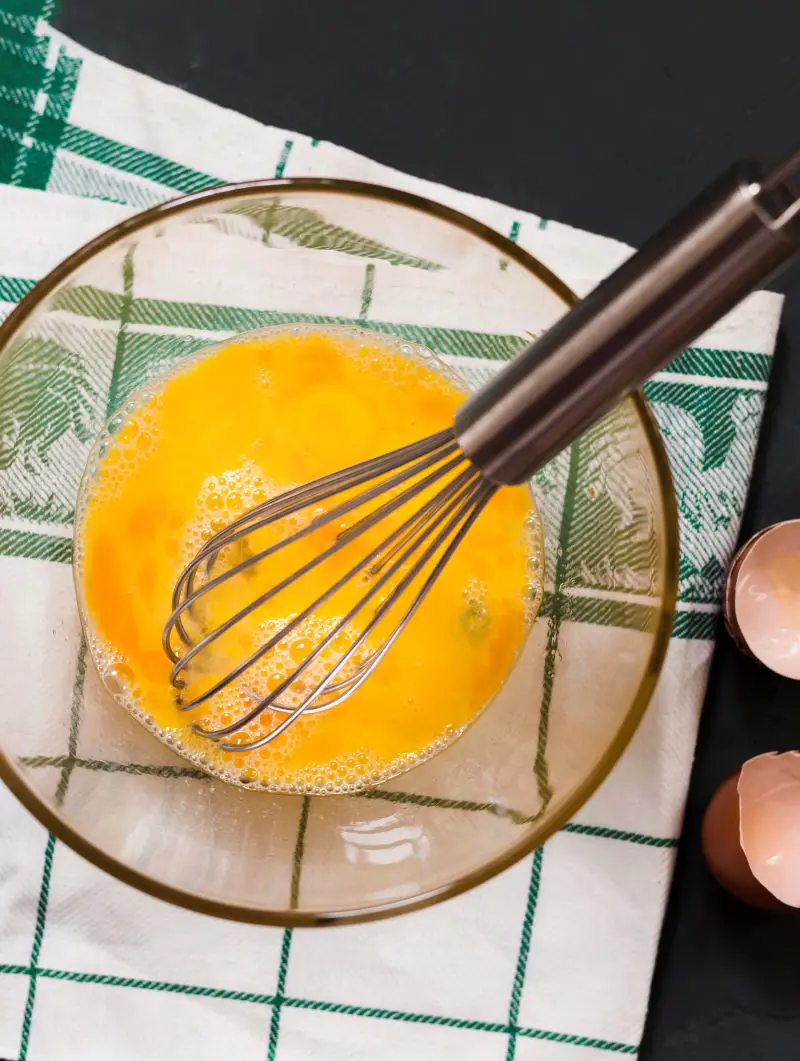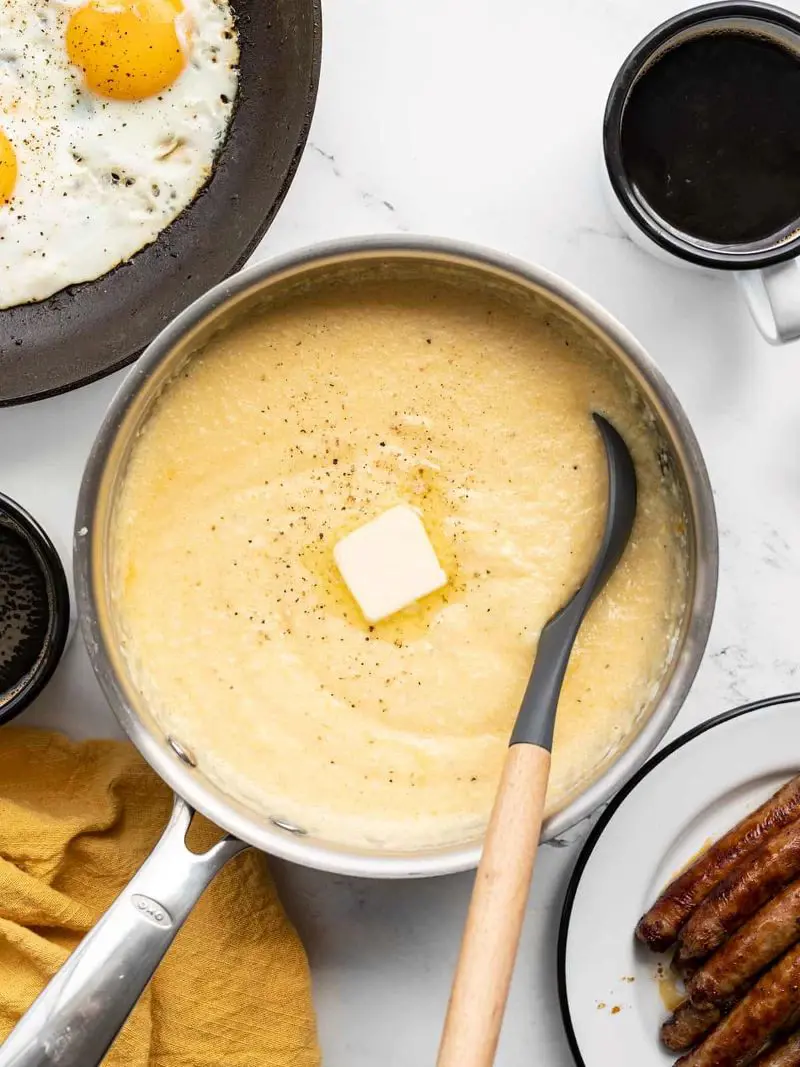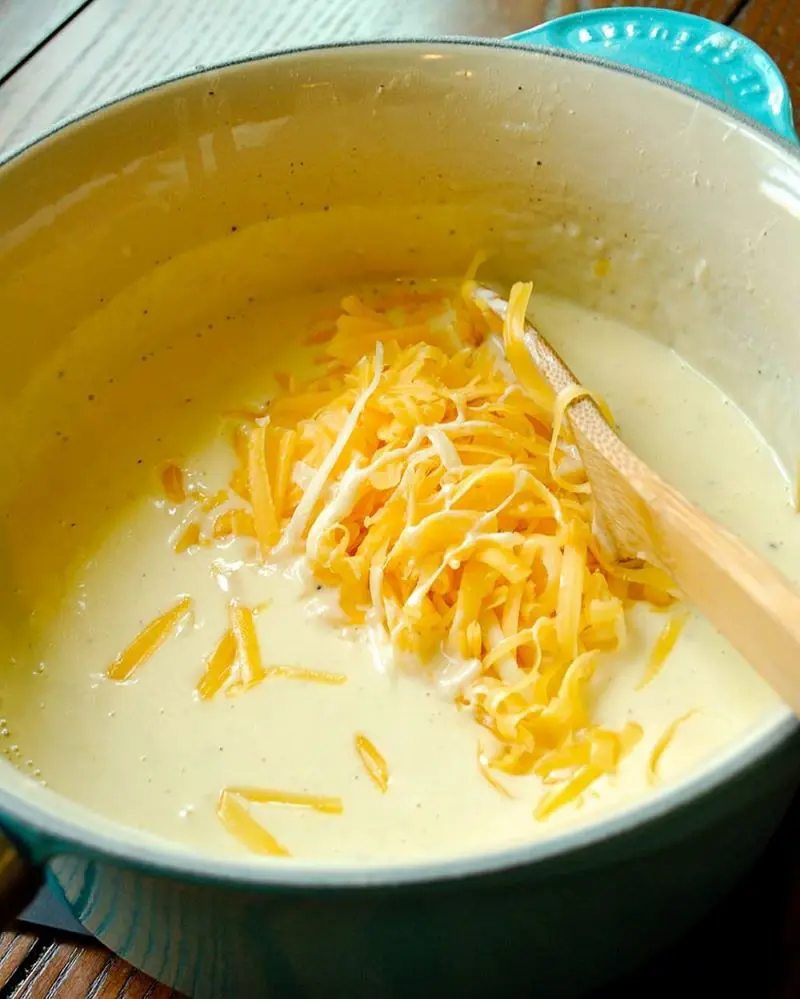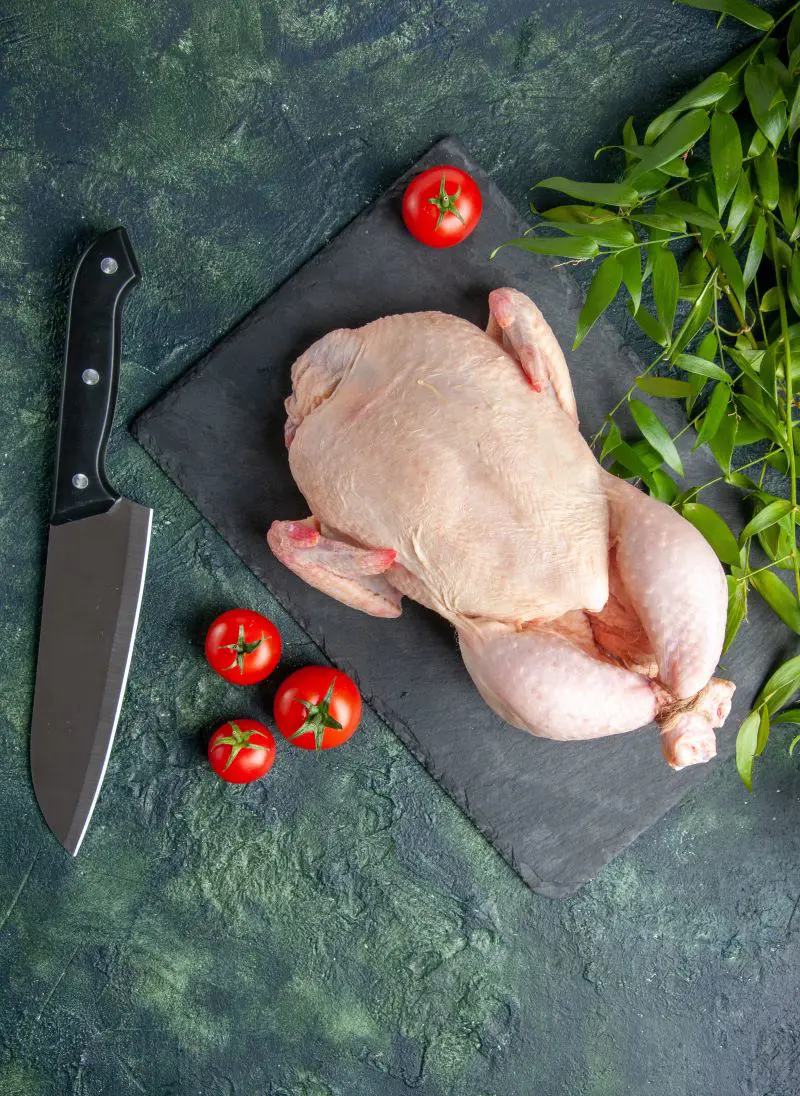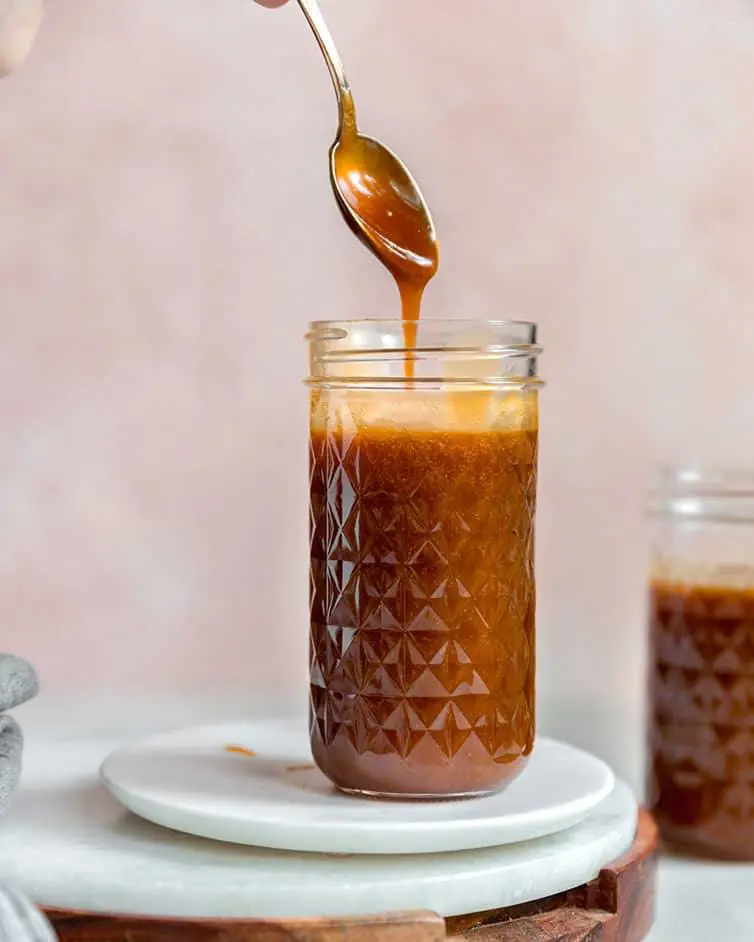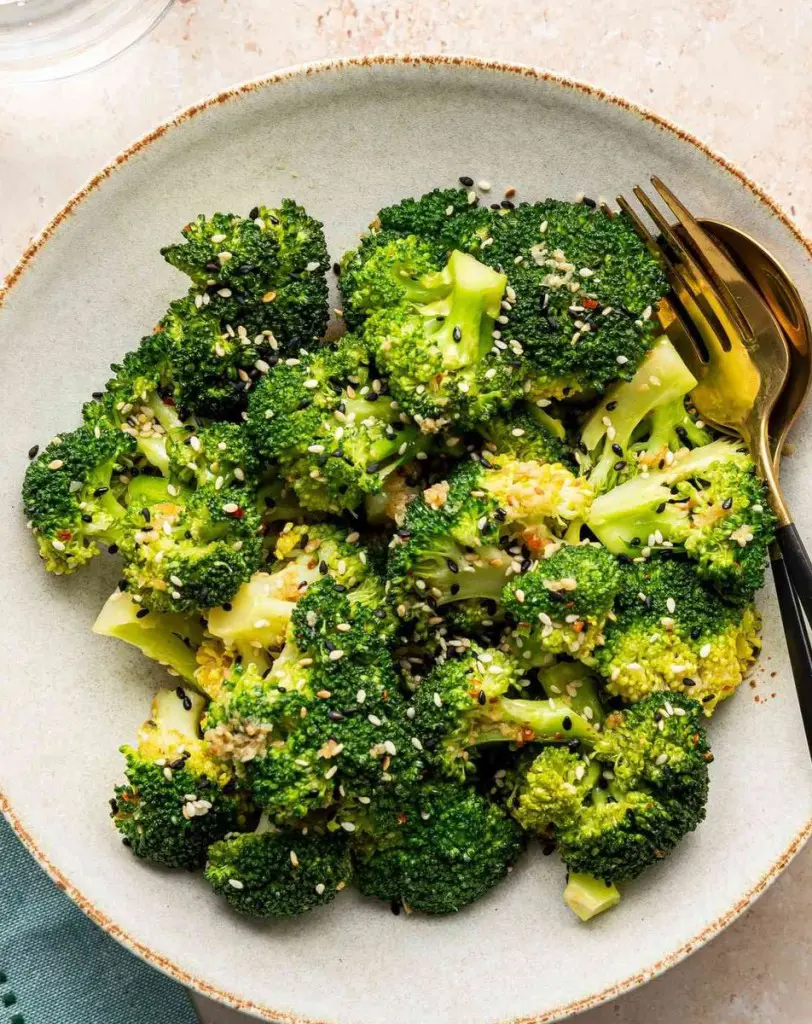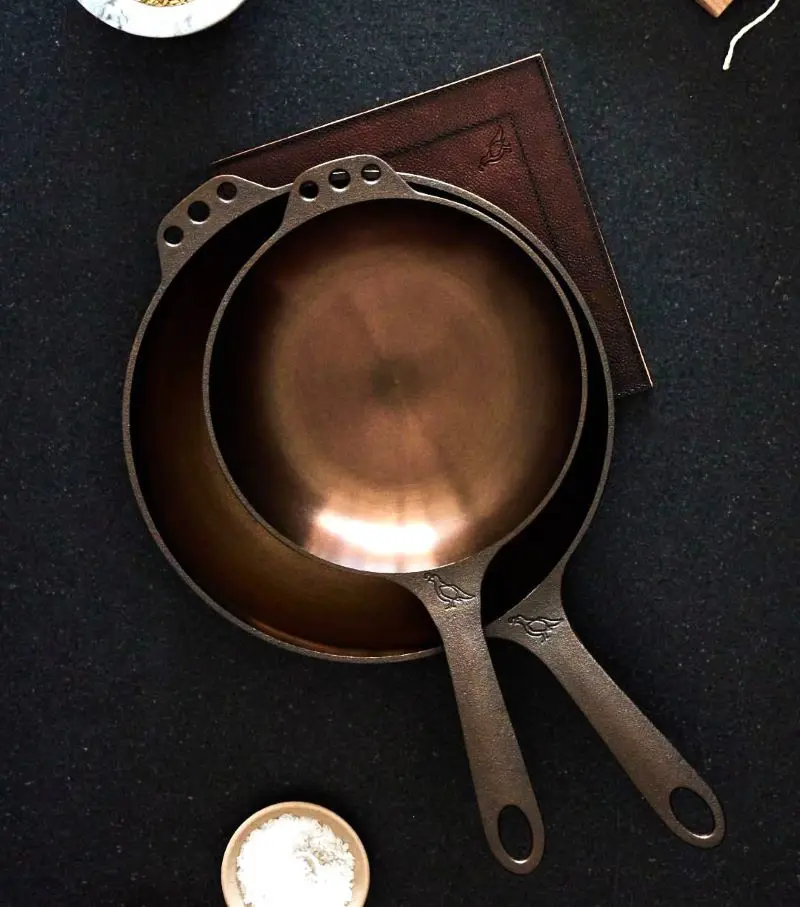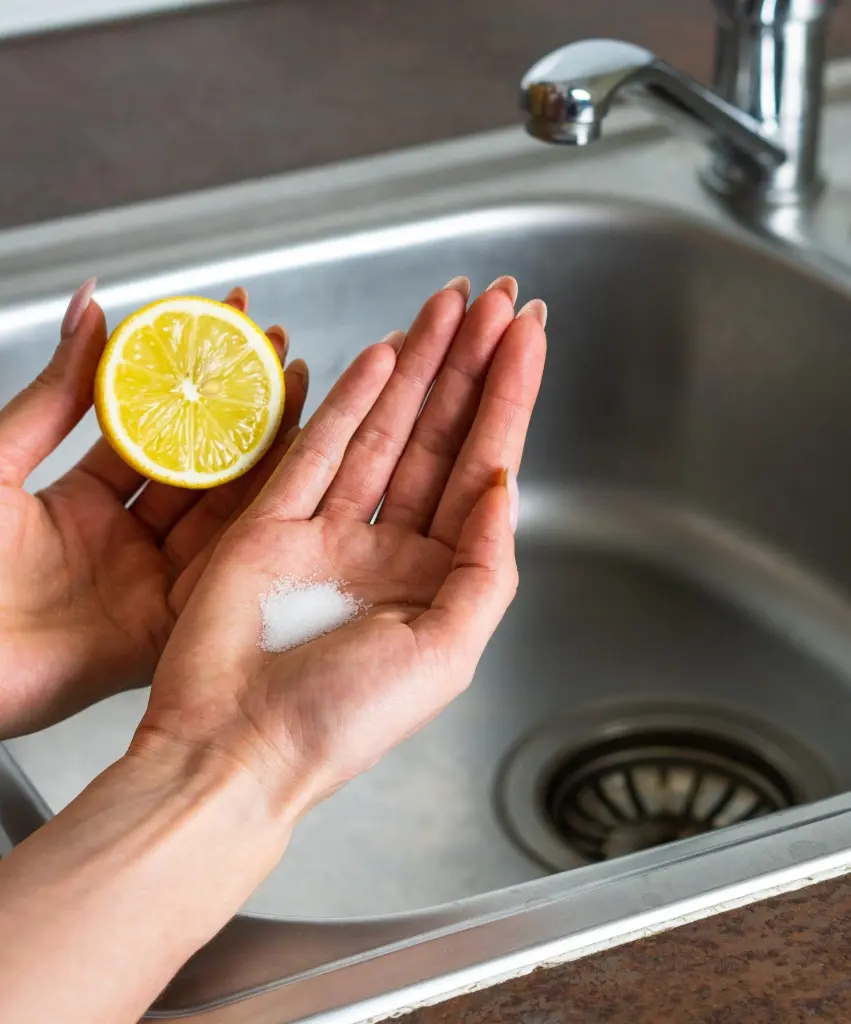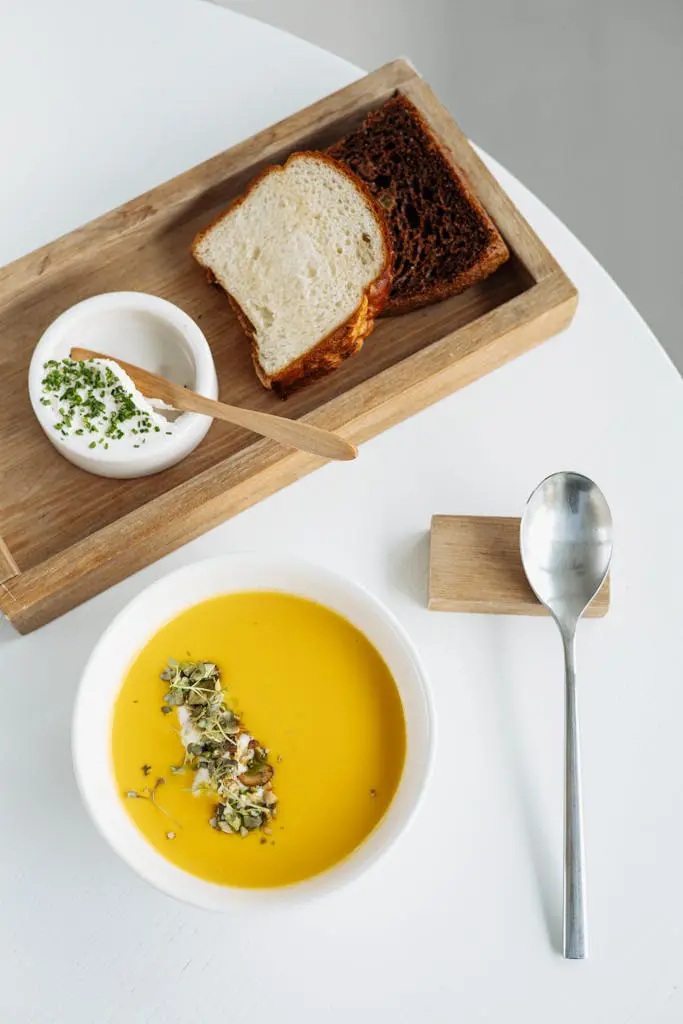1. Simmering

The absolute easiest trick is to simply let it simmer down. No thickening agents or complicated techniques - just pure cooking magic!
This method works particularly well for tomato-based sauces. Added starches don’t always pair well with the acidity in tomatoes, making this approach ideal. It also works wonderfully for fruit sauces and braising liquids.
When you simmer a sauce, heat causes water molecules to transform into steam and escape, leaving behind more concentrated flavors and ingredients.
However, it may take time and there is a risk of burning if not monitored. Here's how to do this:
Instructions
- Start by pouring your sauce ingredients into a wide, shallow pan. A wider surface area helps water evaporate more quickly. Use a heavy-bottomed pot to ensure even heat distribution and prevent scorching.
- Turn the heat to medium-high initially. This gets the liquid moving and starts the evaporation process. Keep stirring occasionally so nothing sticks to the bottom of the pan.
- As the sauce heats, you'll notice small bubbles forming, then gradually becoming larger. This is your reduction in action. Keep an eye on the pot – aim for a mild simmer, not a hard boil.
- When bubbles look more aggressive, dial down the heat to a gentle simmer. This gentler temperature allows the sauce to continue cooking without risking burning.
- Every so often, test the sauce’s thickness with the back of a spoon. It's perfect if the sauce creates a clear path that doesn't immediately refill.
- Remove the sauce from heat when it's slightly thinner than your desired consistency. Sauces tend to keep thickening as they cool, especially those with sugar or gelatin.

